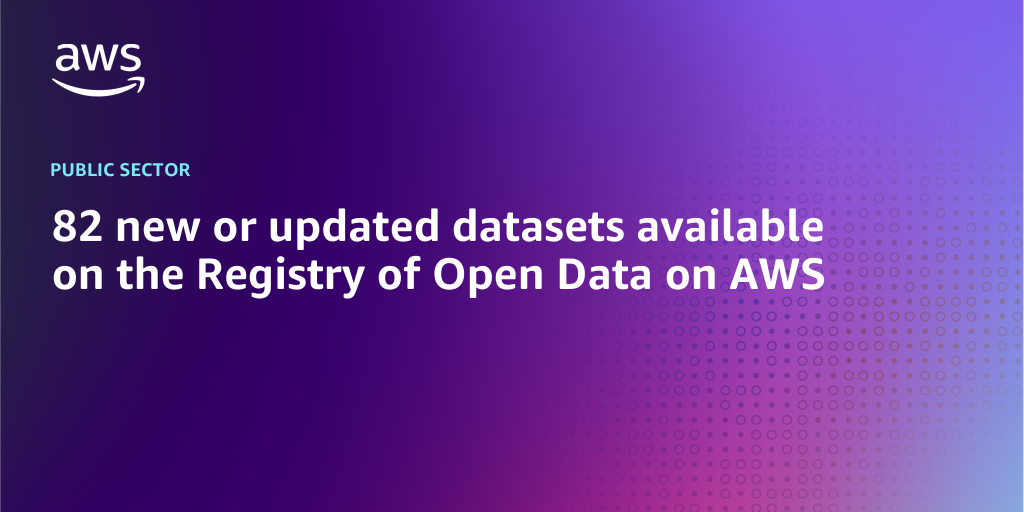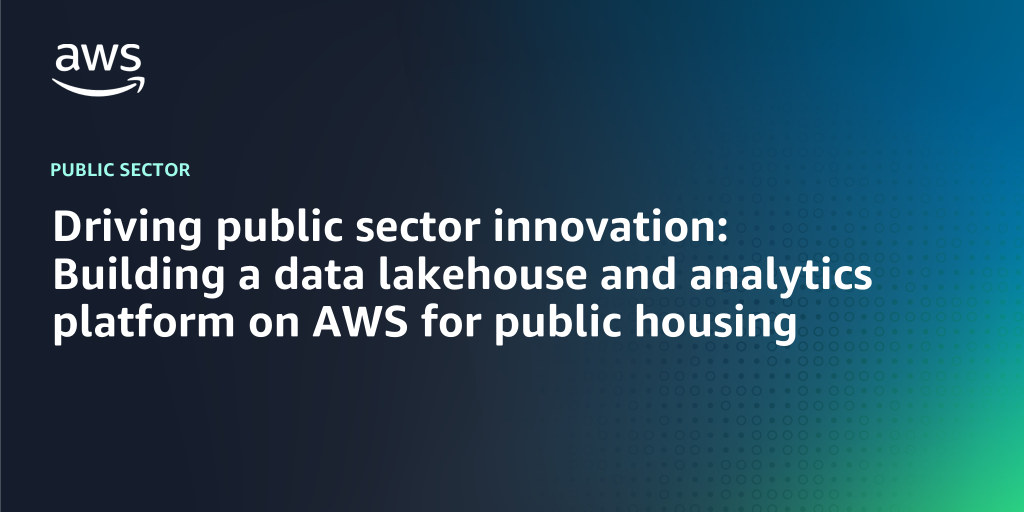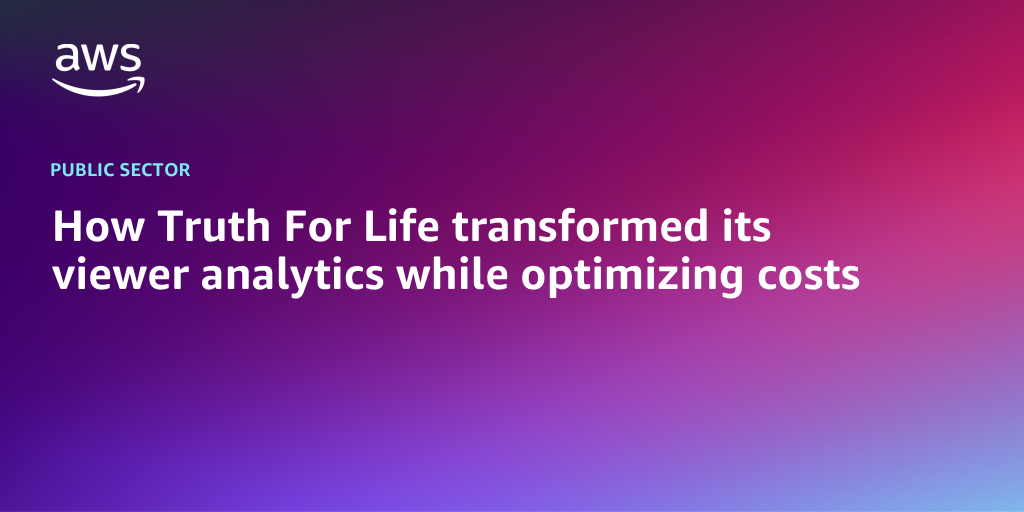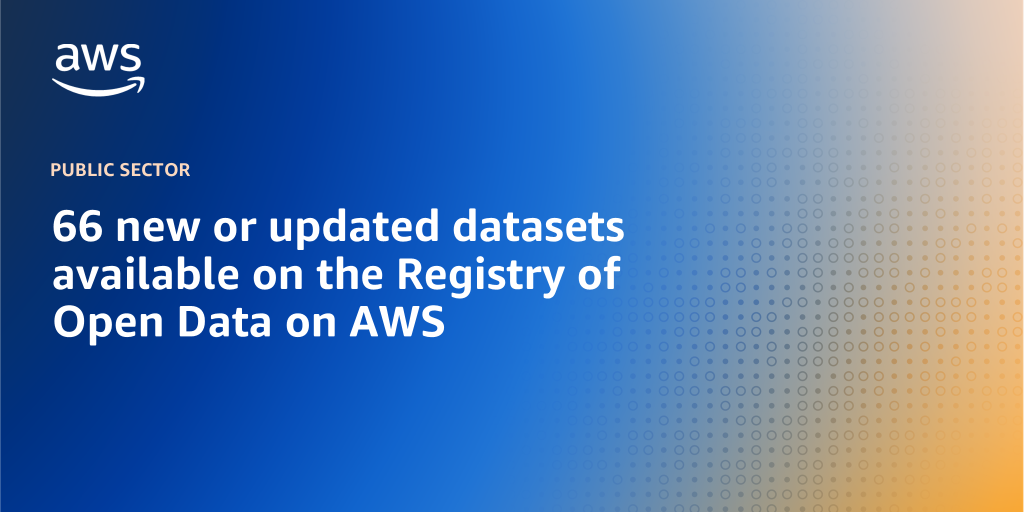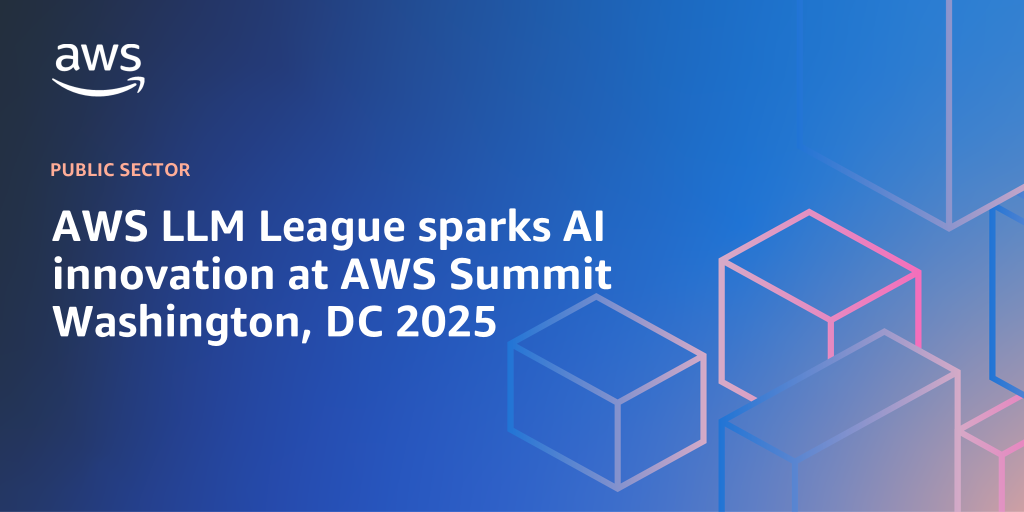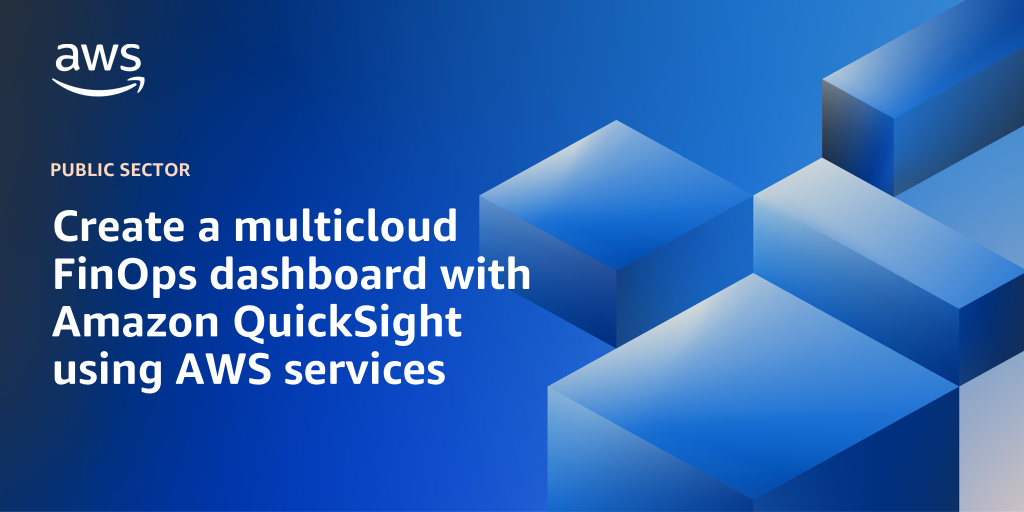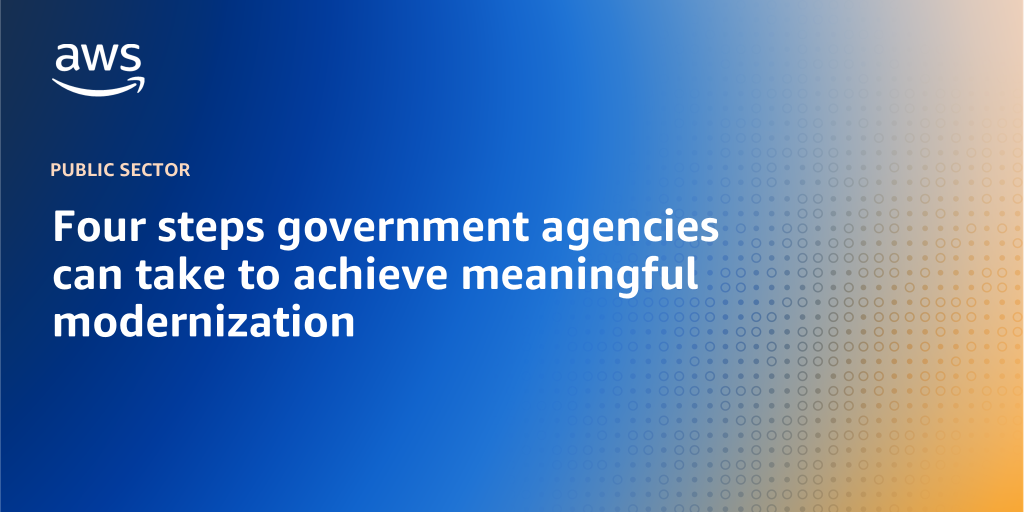AWS Public Sector Blog
Category: Analytics
82 new or updated datasets available on the Registry of Open Data on AWS
The AWS Open Data Sponsorship Program makes high-value, cloud-optimized datasets publicly available on AWS. AWS works with data providers to democratize access to data by making it available to the public for analysis on AWS; develop new cloud-based techniques, formats, and tools that lower the cost of working with data; and encourage the development of communities that benefit from access to shared datasets. Through the AWS Open Data Sponsorship Program, customers are making over 300 PB of high-value, cloud-optimized data available for public use.
TalkingPoints scales student impact with AWS and RosterStream by Ednition
In this post, we explore how TalkingPoints partnered with AWS and Ednition to build a real-time, scalable infrastructure that powers more proactive communication between schools and families.
Driving public sector innovation: Building a data lakehouse and analytics platform on AWS for public housing
In this post, we explore how Singapore’s Housing & Development Board (HDB) worked with AWS Professional Services to design and build the ARK data lakehouse on AWS, detailing the data strategy, platform architecture, and the benefits realized.
How Truth For Life transformed its viewer analytics while optimizing costs
In this post, you’ll see how the nonprofit Bible ministry, Truth For Life, built a cost-optimized viewer analytics pipeline on AWS to gain new insights on their followers and help develop new growth strategies.
66 new or updated datasets available on the Registry of Open Data on AWS
Through the AWS Open Data Sponsorship Program, customers are making over 300 PB of high-value, cloud-optimized data available for public use. All publicly available datasets can be found in the Registry of Open Data on AWS and are now also discoverable on Exchange. This quarter, AWS released 66 new or updated datasets. Read this post to learn more.
AWS and MortarCAPS: A game-changing partnership set to revolutionize data management in post-secondary education
The post-secondary education sector is about to experience a seismic shift in how it manages data. In a landmark announcement, Amazon Web Services (AWS) and MortarCAPS have revealed a strategic partnership that promises to transform the way that tertiary education institutions handle information, support students, and drive innovation.
How the University of Minnesota Athletics built a unified data layer to drive fan engagement with AWS
The University of Minnesota Athletics Department had access to a lot of data, but lacked a way to bring it together. Even answering simple questions, like how many tickets were sold and who received them, required hours of cross-platform data wrangling. In less than a year, the department replaced that complexity with a scalable data lake built on AWS. The new data architecture—which gives the department full visibility into ticketing transactions and digital behavior—was built by a small internal team, without requiring a complete overhaul of their existing systems.
AWS LLM League sparks AI innovation at AWS Summit Washington, DC 2025
Recently, the AWS Large Language Model (LLM) League took center stage at the AWS Summit Washington, DC 2025, captivating attendees with its hands-on approach to fine-tuning large language models (LLMs). Read this post to learn more.
Create a multicloud FinOps dashboard with Amazon QuickSight using AWS services
In this post, we use AWS Glue, Amazon Athena, and Amazon QuickSight to build a dashboard that tracks costs associated with AWS and third-party providers. This single pane of glass allows for quick monitoring at the senior leadership level, with the ability to dig further into specific spending categories for tools and environments. Additionally, this data system makes further analytics possible.
Four steps government agencies can take to achieve meaningful modernization
Drawing on the extensive experience AWS has in partnering with public sector organizations worldwide, here are four transformative steps agencies can take to drive meaningful modernization and shape the future of government service delivery.
